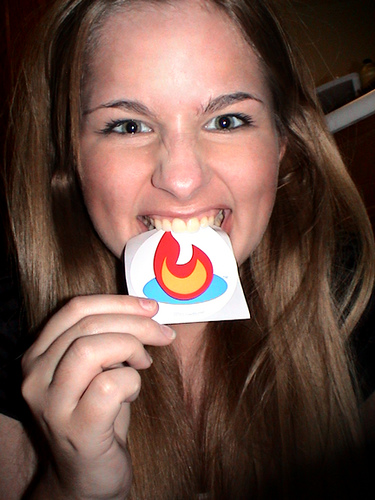Feedburner might sound like a goofy name for a all in one Email and RSS feed subscription service, but that’s what Google’s Feedburner does for your blog or website. While some will forego this option and decide to try other free or paid services that offer similar features, there is none that does Email subscriptions and RSS feeds quite like Feedburner and for free. It also plays quite well with the stock pile of Feed readers that already exist out there that internet surfers are using.
What is Feedburner?

Master Feedburner Quickly
As I hinted before Feedburner is a free service provided by Google for the seamless integration of a RSS feed and Email Subscription service for your blog or website all in one place.To put this simply, the service allows you to place a RSS feed on your blog that will make it easy for readers to keep up with when you update and Feedburner also includes a opt-in Email subscription so that readers will receive notifications by Email whenever you post a new article.
You can check out our feed here.
How to get started with setting up a Feedburner Feed?
To setup Feedburner simply follow our easy to follow guide below:
1. Go to the feedburner homepage and login with your Google Account.
2. In the box that says: Burn your feed right this instant place your blog or website URL and hit Next.

Create a new RSS Feed with Feedburner
3. If more than one feed is detected, choose the first one or the one that is not the Homepage or comments feed.
4. In the next screen be sure to check if the Feed title and Address match your blog name and if not adjust accordingly. (Record the entire Feed Address you will most likely need to add this to your blog as the RSS Feed address)
5. Hit Next and your feed will be created. You can choose to dress up your feed to your liking or skip straight to management, if you choose.
To view your Feedburner Feed
Simply paste the address that I advised you to record above and that should take you to the feed.
(OR)
1.Go back to the Homepage of Feedburner and click on your Blog name.
2. Optimize tab and select My Feed.
Enable PingShot for Feedburner
Pingshot pings or tells other feed readers that your readers are using that you have updated, this is disabled by default.
To enable:
1. From Feedburner homepage click on your blog Feed.
2. Select the Publicize tab and select PingShot in the left menu and enable or activate the feature.
Enable Feedburner Email Subscriptions
1. Again from the home screen select your blog.
2. Choose the Publicize tab and Email Subscription.
3. Activate the feature and customize the settings and save. Also if you so choose you can copy the HTML code for embedding the subscription form.
See the Email Address of those who are subscribed
You may from time to time need to view those who are subscribed along with their Email’s and if needs be export them. To do this:
1. Select your blog from the Feedburner homepage.
2. Publicize tab, select Email Subscription and then Subscription Management.
3. Scroll all the way to the bottom and select the option to: View subscriber details.
4. You can now delete, export or stop specific individuals from receiving notification updates.
Create a Feedburner Email Subscription Widget
Go to the Feedburner homepage and select your blog or website
1. Go to the Publicize tab and select E-mail Subscription.
2. Subscription management and copy the first HTML code given.
3. You may place this in an appropriate place that HTML code will work on your blog e.g. Body of your article or:
WordPress: Create a blank text document widget and paste the code and drag it to your sidebar.
Blogger or Bloggspot: Create a new HTML/JavaScript Gadget and add the HTML, then add the Gadget to the sidebar.
Create Feed Count
1. Select your blog in Feedburner main page.
2. Go to the Publicize tab
3.From the Left panel select Feed Count
4. Customize to your liking and activate.
5. Copy the HTML code as given and Paste it in the desired location in your website as above in Email Subscriptions.
So we have covered the major features of Feedburner and how to implement them. I hope this answered your questions on Feedburner, how it works and how to easily implement it in your blog. We would also like to know how well we did on this one, so please take a minute and leave a comment below.





Very nice article. Feed burner is a very powerful tool to keep your readers updated.
Tanveer Feedburner is a very Good option, the only issue is that readers might encounter slight problems after using for a while but if they follow the solutions above then they will be good and happy for a very long time.